Shaft sleeves are cylindrical components used to protect shafts from wear, corrosion, and damage in rotating equipment such as pumps, compressors, and turbines. They are particularly common in applications involving sealing elements, such as packing or mechanical seals, where friction and exposure to fluids can cause shaft surface degradation over time.
A key distinction in the design of shaft sleeves lies in whether they are coated or uncoated (ordinary). This difference directly affects their performance, longevity, and suitability for specific environments.
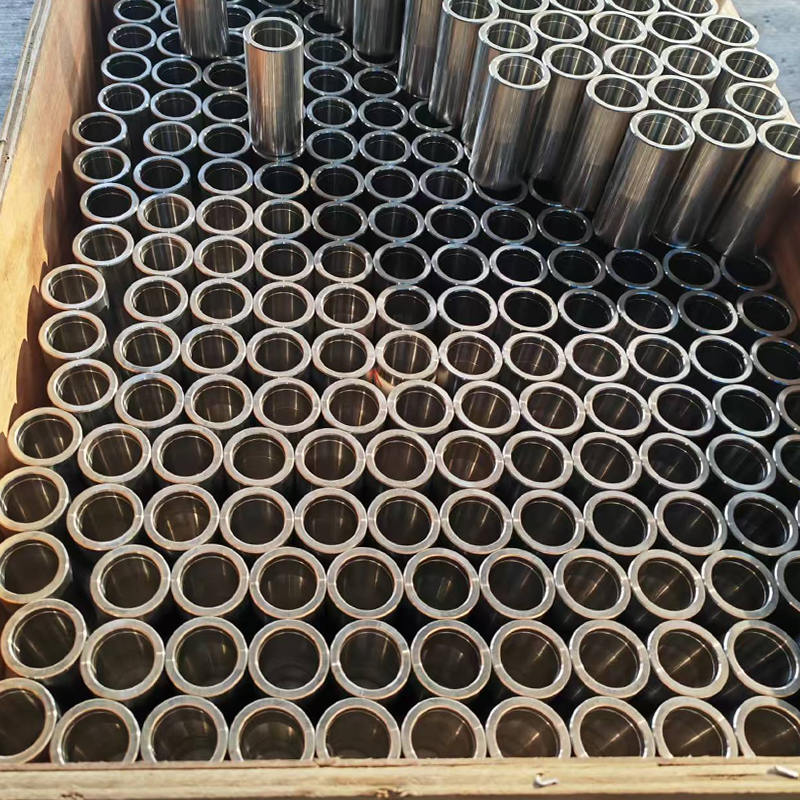
What Is an Ordinary Shaft Sleeve?
An ordinary shaft sleeve is typically made from stainless steel, carbon steel, or bronze, and serves as a sacrificial layer over the shaft. It provides basic mechanical protection and is usually either uncoated or finished with minimal surface treatment.
Common Features:
Made from metal alloys (304/316 stainless steel, bronze, etc.)
Machined to precise tolerances
May be hardened or polished
Cost-effective and simple to replace
Applications:
Standard pump or mixer applications
Mild operating environments
Systems with low-to-moderate pressure and temperature
While ordinary shaft sleeves offer basic wear protection, they are more prone to corrosion, pitting, or erosion, especially when used in abrasive, high-pressure, or chemically aggressive environments.
What Is a Coated Shaft Sleeve?
A coated shaft sleeve refers to a sleeve that has been treated with an additional protective layer—often ceramic, carbide, or polymer-based—to enhance surface hardness, corrosion resistance, and wear performance.
Common Coating Types:
Ceramic coatings (e.g., alumina or zirconia)
Tungsten carbide coatings
Chrome plating
PTFE or polymer-based coatings
Thermal spray coatings
These coatings are applied via methods such as plasma spraying, thermal spraying, or electroplating, and they dramatically improve the sleeve’s resistance to harsh chemicals, abrasive particles, and high-speed contact with seals.
Key Features:
Surface hardness can exceed 1000 HV (much higher than uncoated steel)
Extremely smooth surface finish for better seal compatibility
Low friction coefficient
Excellent corrosion and erosion resistance
Extended service life and fewer maintenance intervals
Applications:
Chemical processing and slurry pumps
High-speed or high-pressure systems
Desalination plants
Offshore and marine environments
Any system where aggressive wear or corrosion is a concern
Major Differences Between Coated and Ordinary Shaft Sleeves
| Aspect | Ordinary Shaft Sleeve | Coated Shaft Sleeve |
| Material | Steel, bronze, or other base metals | Same base, but with additional protective coating |
| Surface Hardness | Moderate | Very high (with ceramic or carbide coatings) |
| Corrosion Resistance | Basic to moderate (depending on alloy) | High to extreme (especially with ceramic/polymer coatings) |
| Wear Resistance | Suitable for low-stress environments | Excellent—suited for abrasive and high-pressure media |
| Friction | Moderate | Reduced due to smoother surface and low-friction coatings |
| Cost | Lower upfront cost | Higher upfront cost, lower lifecycle cost |
| Lifespan | Shorter, especially in harsh environments | Longer service intervals and improved durability |
| Applications | General-purpose, clean liquids | Harsh, corrosive, or abrasive environments |
How to Choose Between Them?
Choosing the right type of shaft sleeve depends on the specific operating conditions:
Use an ordinary shaft sleeve if:
Your system operates in clean, non-corrosive media
The equipment is easy to access and sleeves are replaced often
Budget constraints favor low initial cost over longevity
Use a coated shaft sleeve if:
Your application involves corrosive fluids, abrasives, or high-speed operation
Seal life and equipment uptime are critical
Maintenance downtime must be minimized
You're operating in remote or hazardous locations where replacement is costly
Conclusion
The main difference between coated and ordinary shaft sleeves lies in their surface treatment and performance characteristics. Coated sleeves offer superior durability, especially in aggressive environments, by combining the mechanical support of a traditional sleeve with enhanced surface protection. While they may cost more upfront, they can significantly reduce wear on both the shaft and seals, lower maintenance frequency, and extend equipment life—making them a strategic investment for demanding applications.
Ordinary shaft sleeves, while simpler and more economical, are best suited for less harsh conditions where wear and corrosion are not significant concerns. Choosing the right sleeve type is essential for ensuring reliable, long-term performance of rotating machinery.

 ENG
ENG
 English
English عربى
عربى Español
Español 中文简体
中文简体
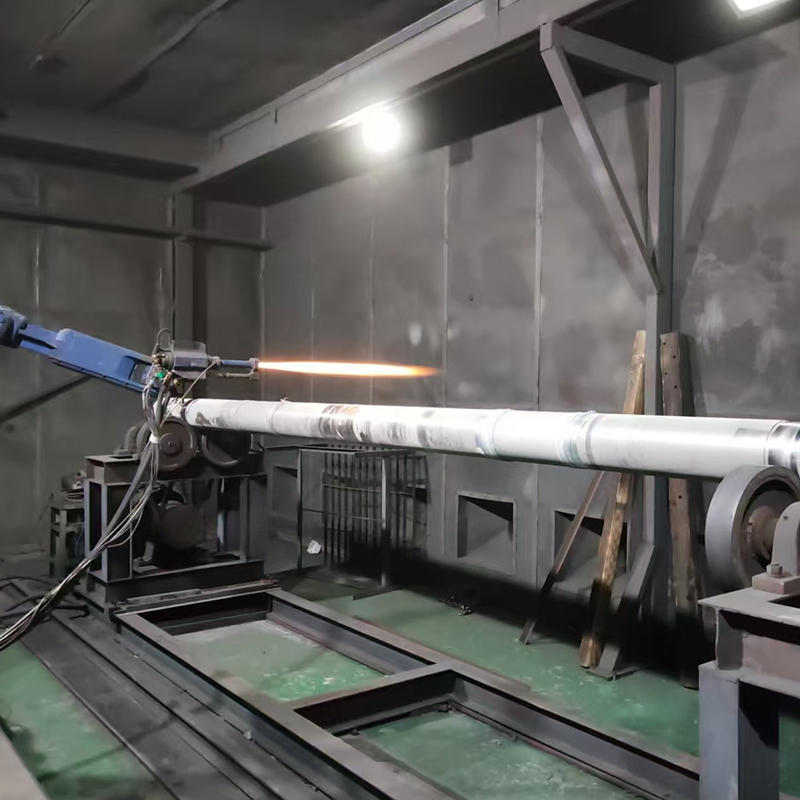
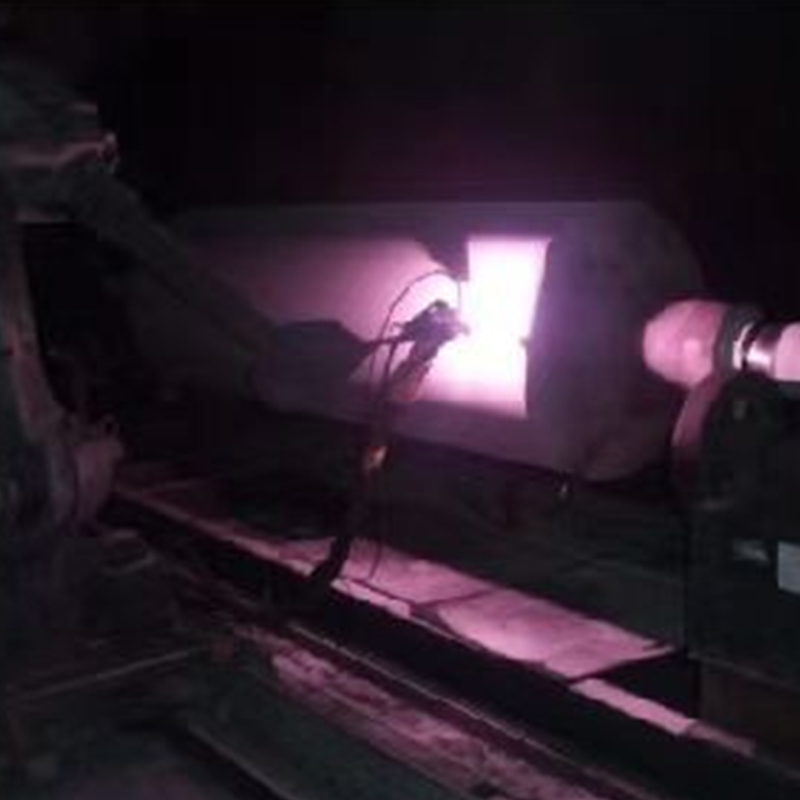
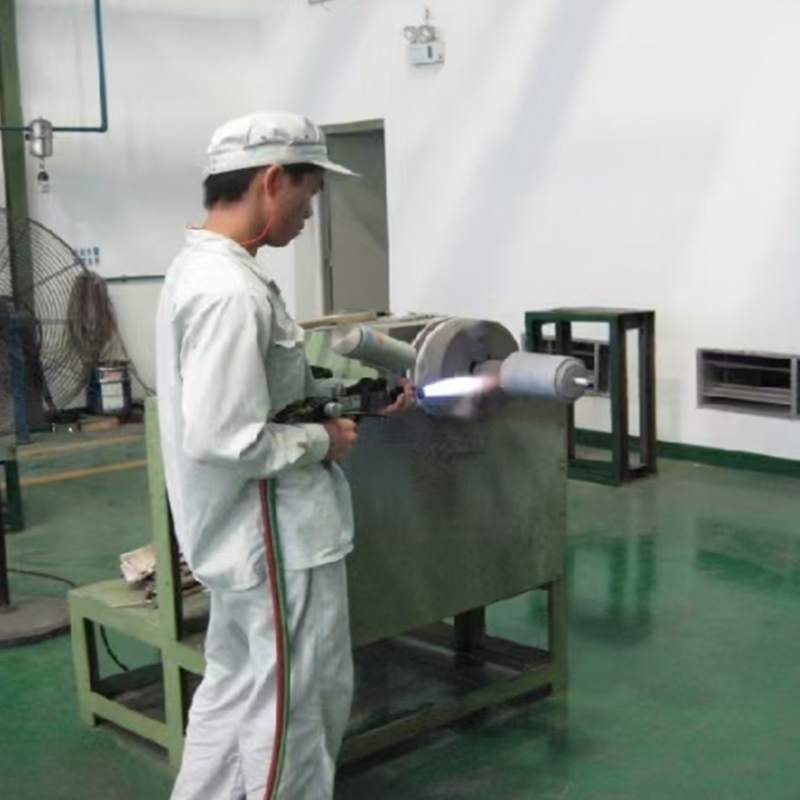

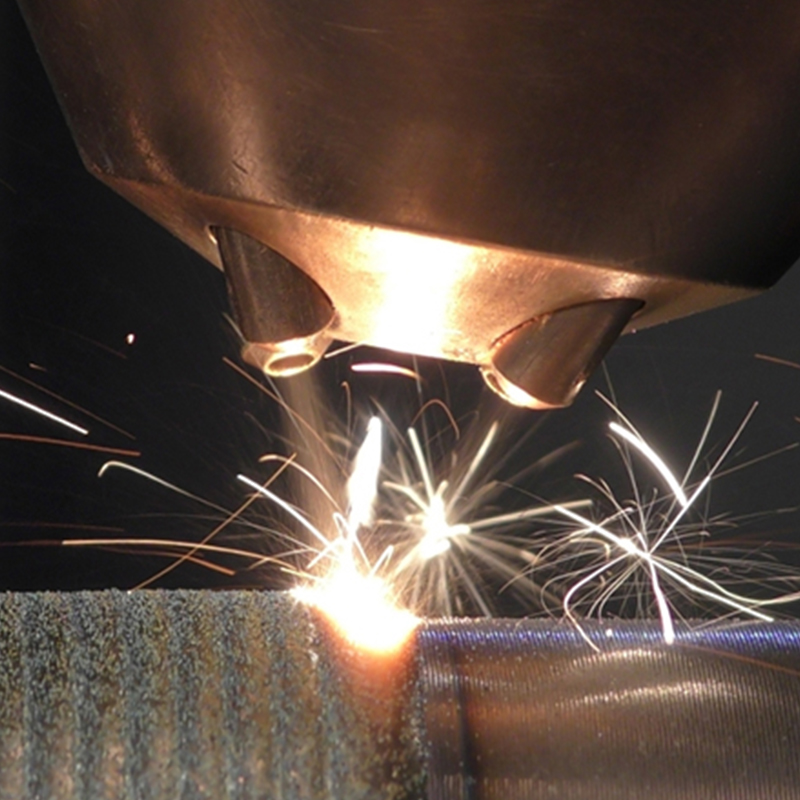
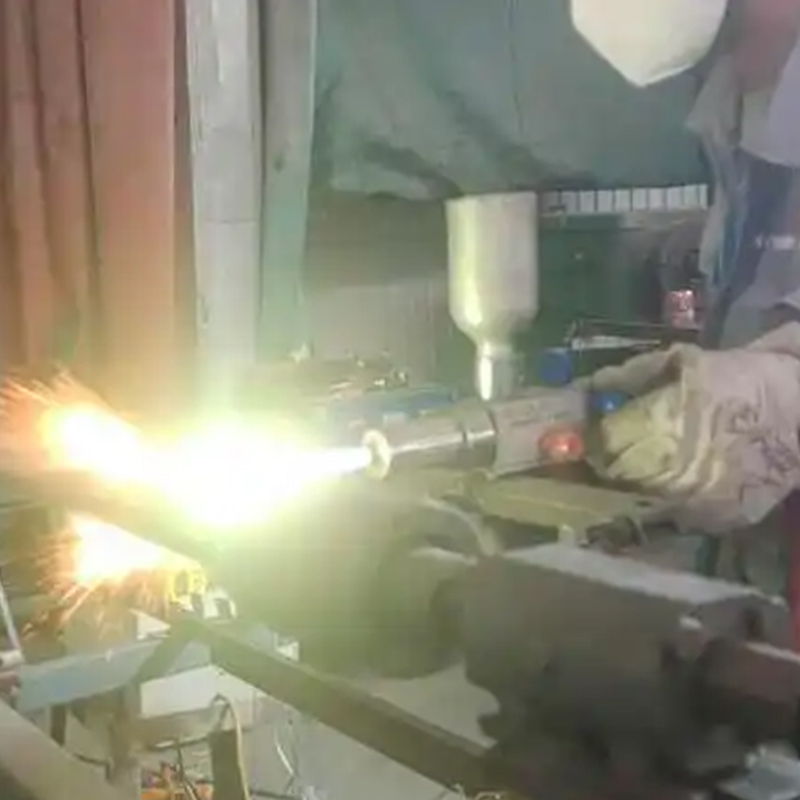
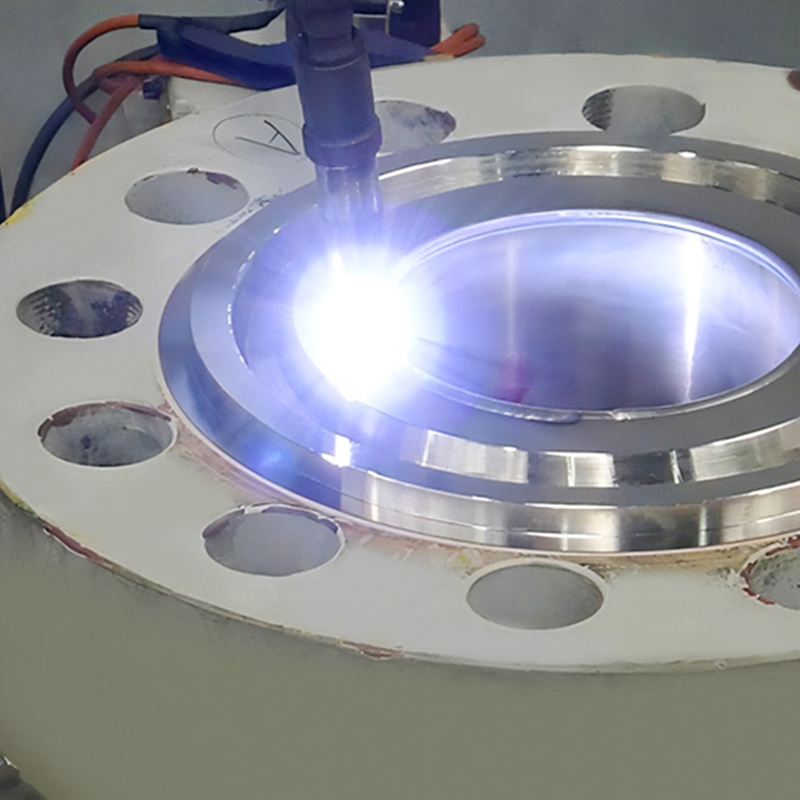
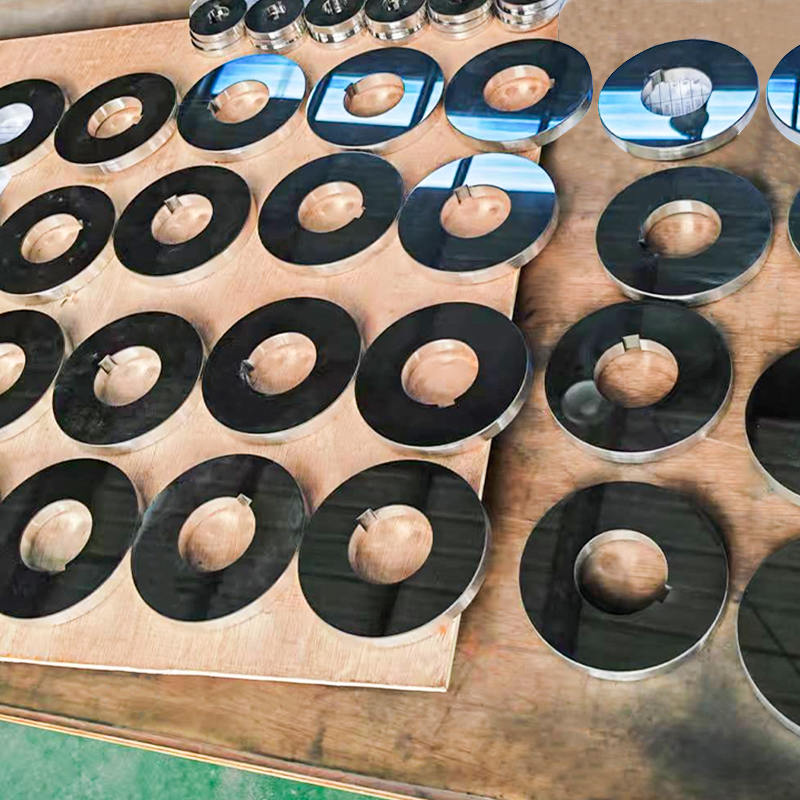
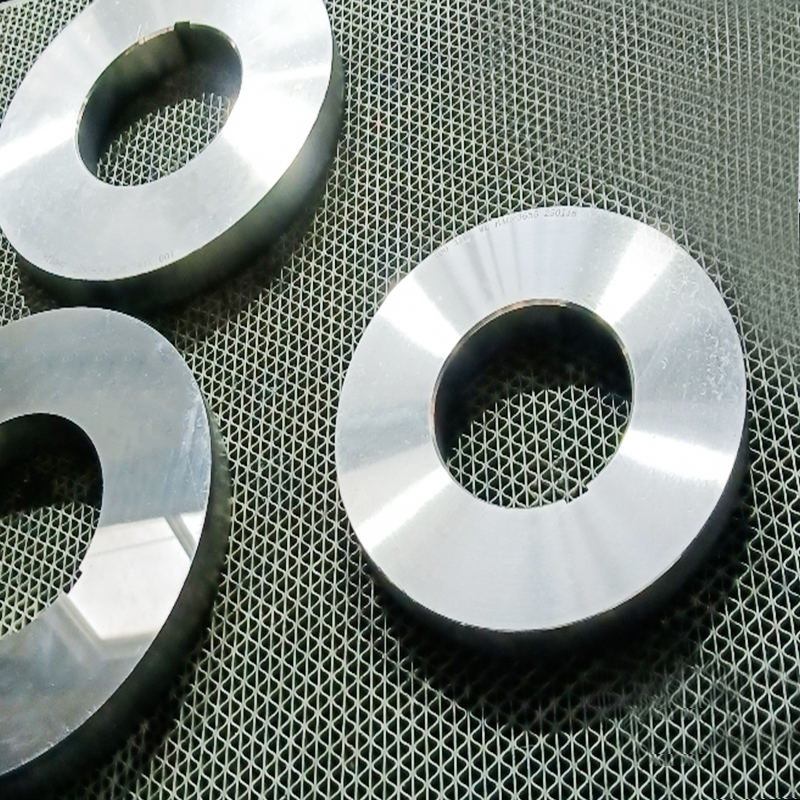
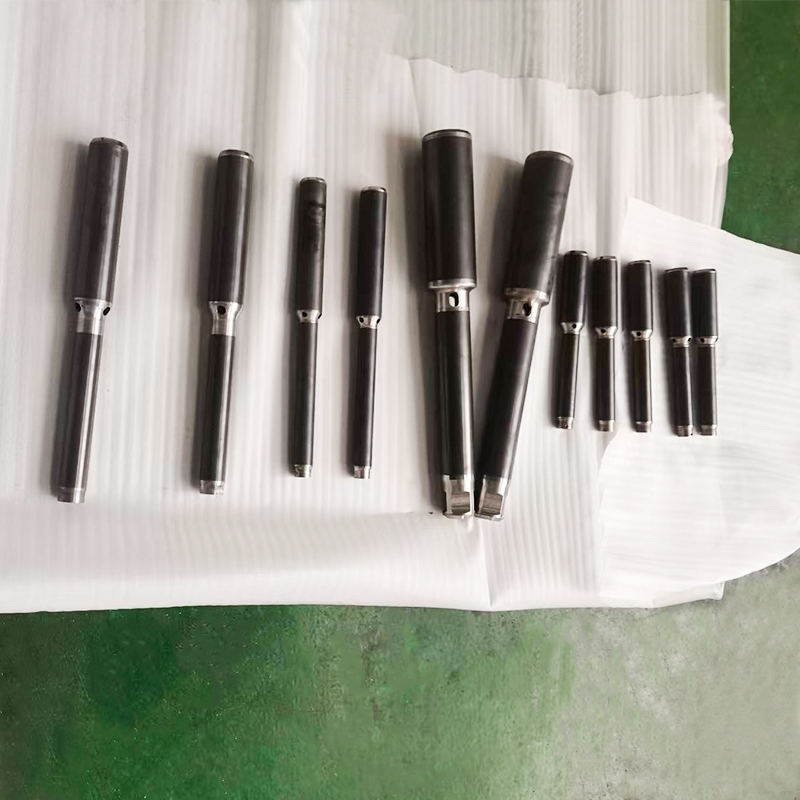
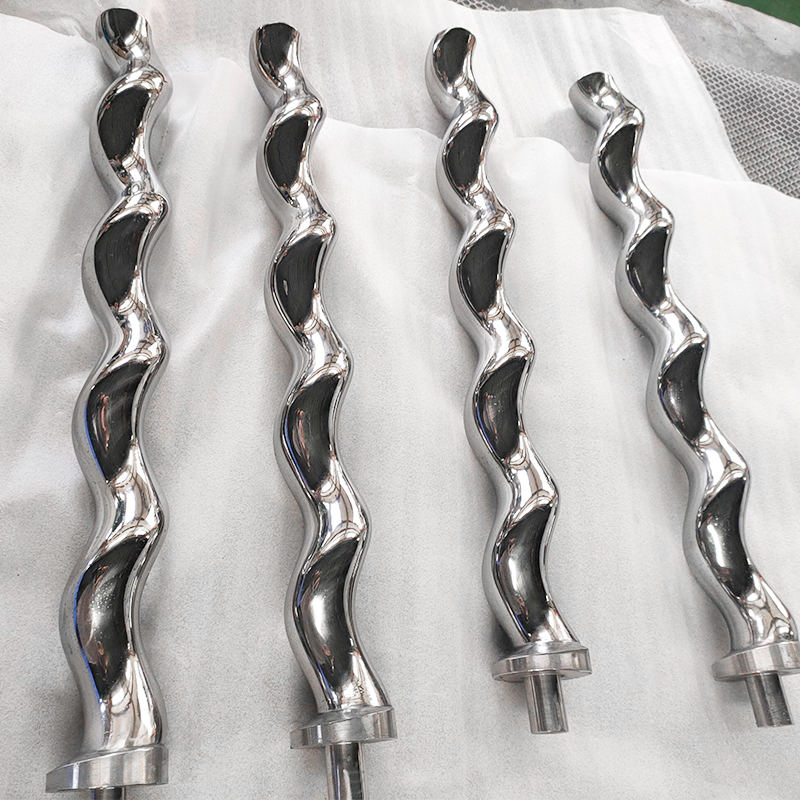

 TOP
TOP